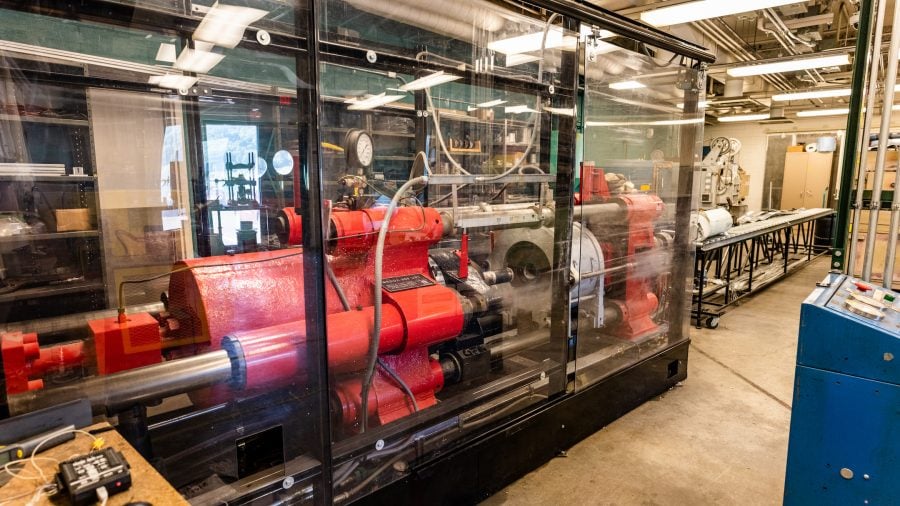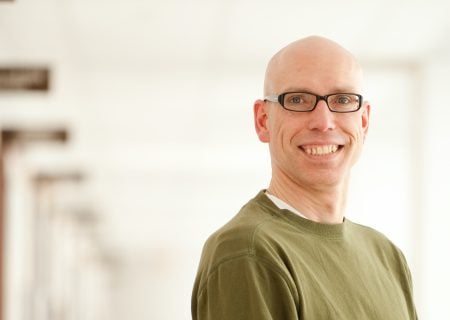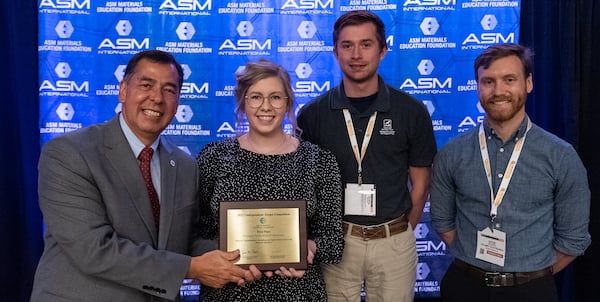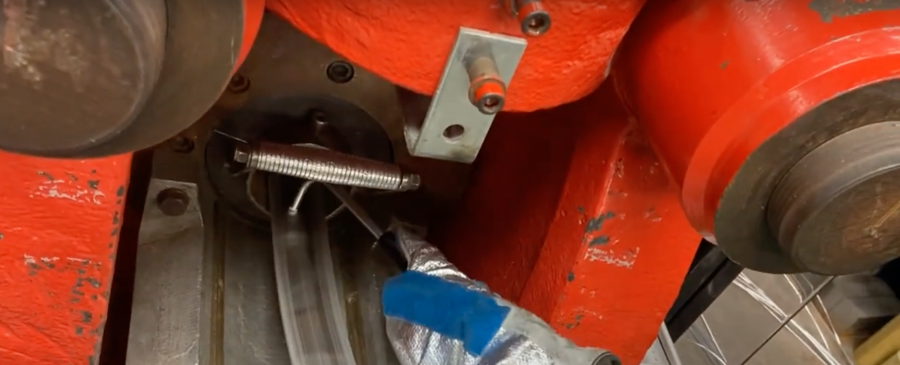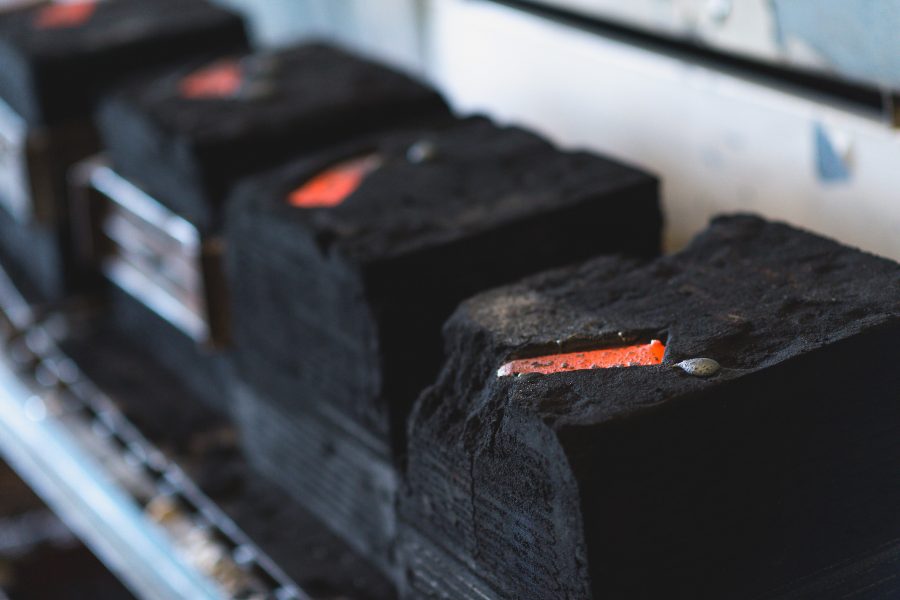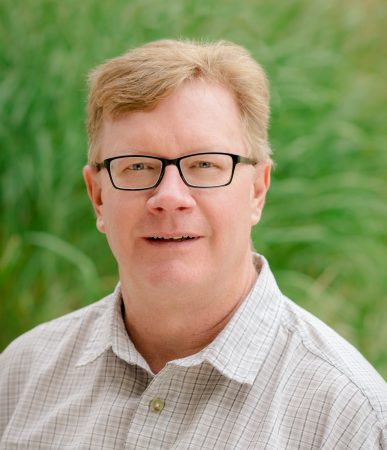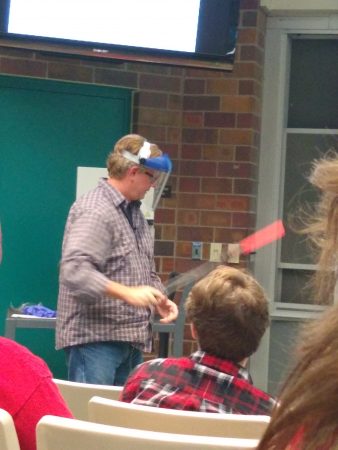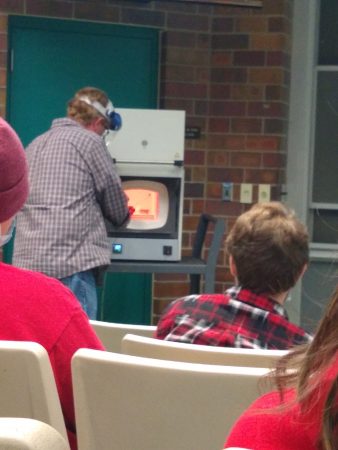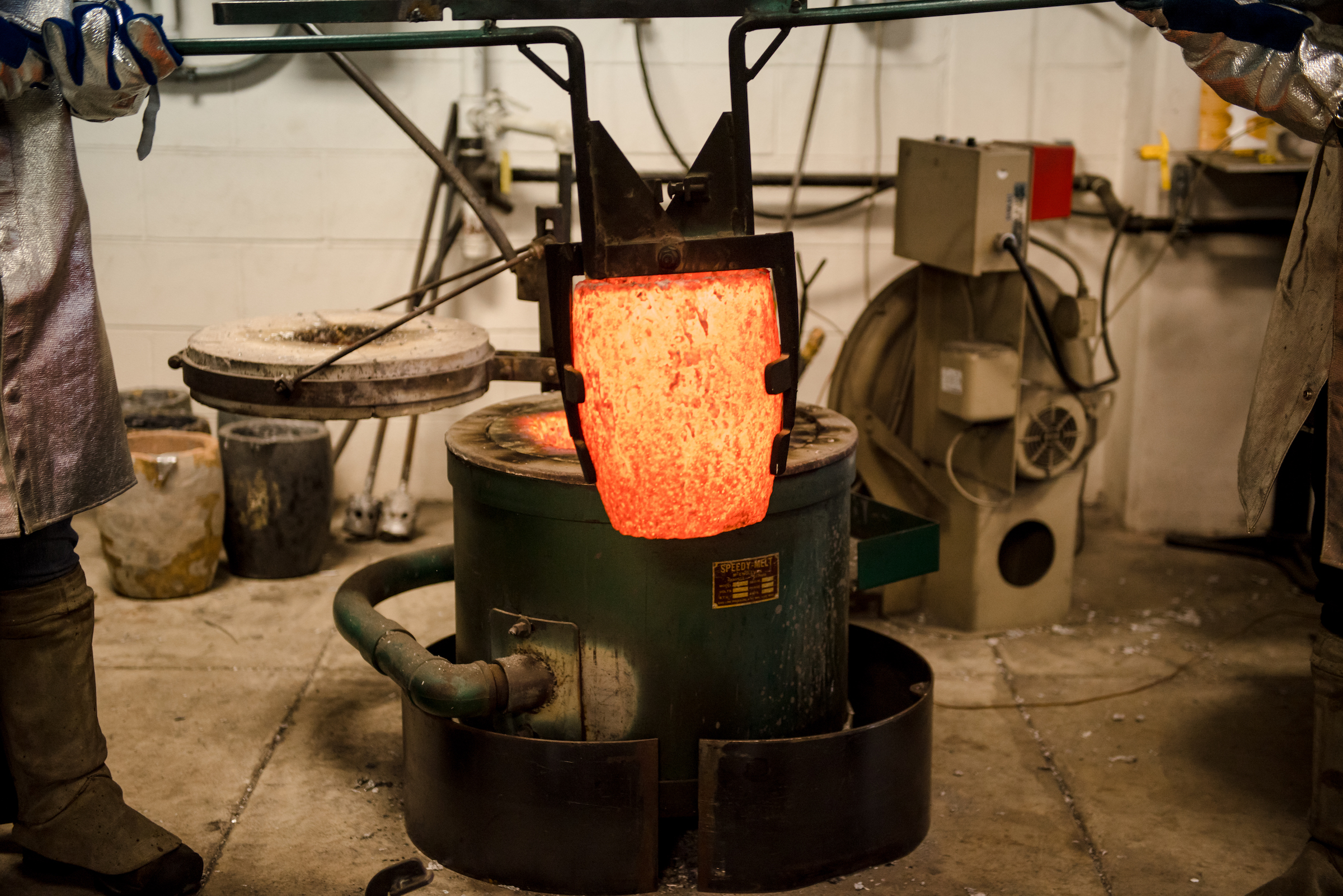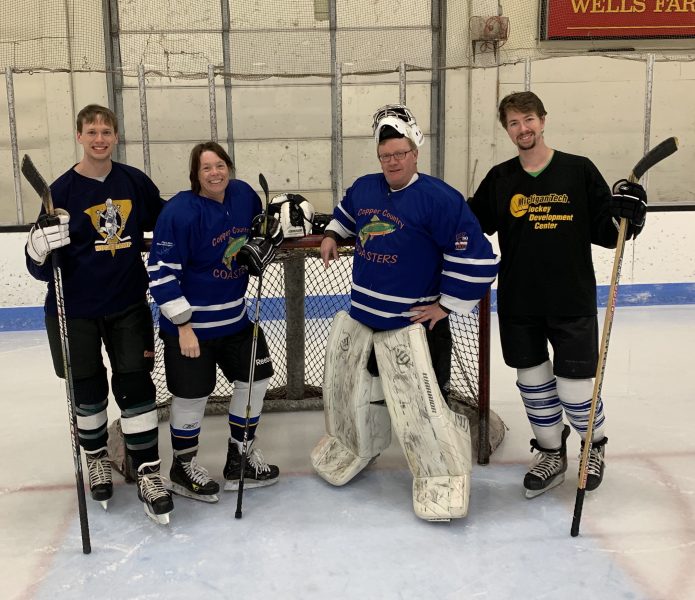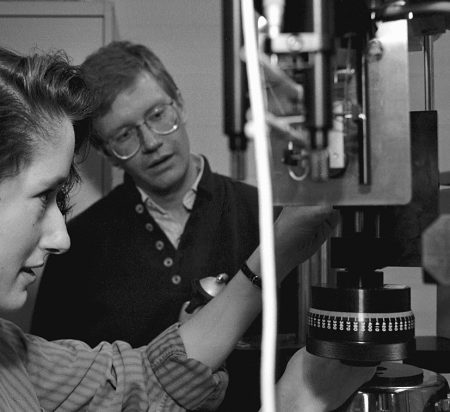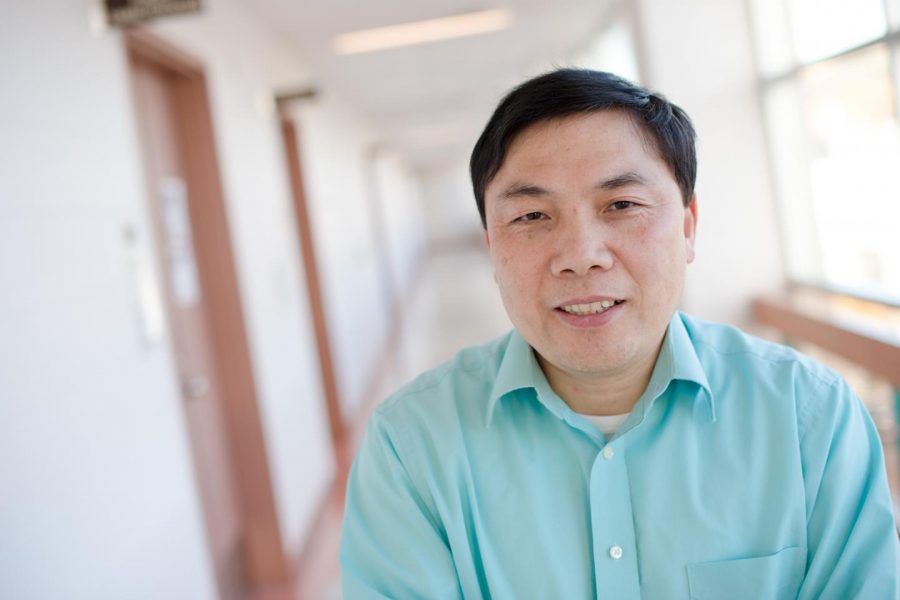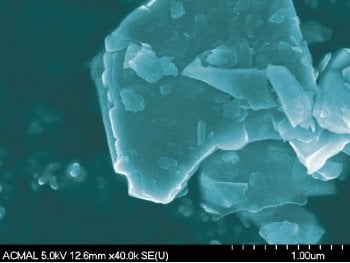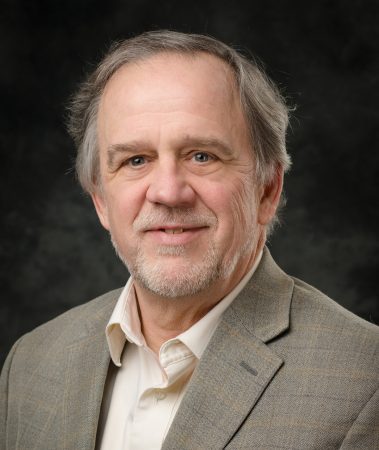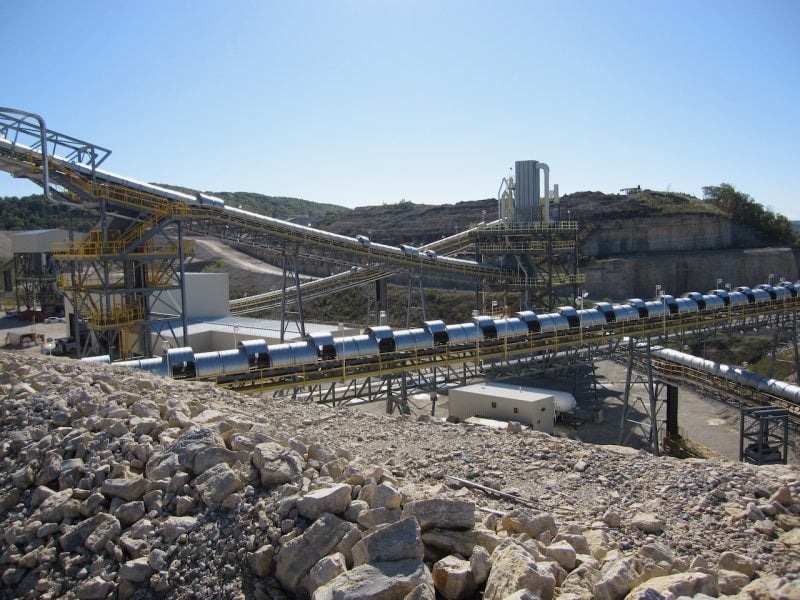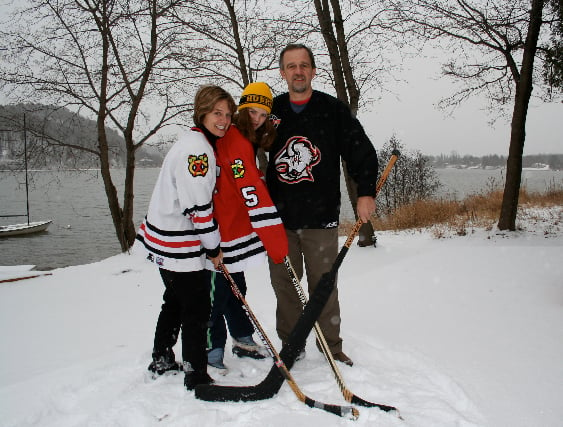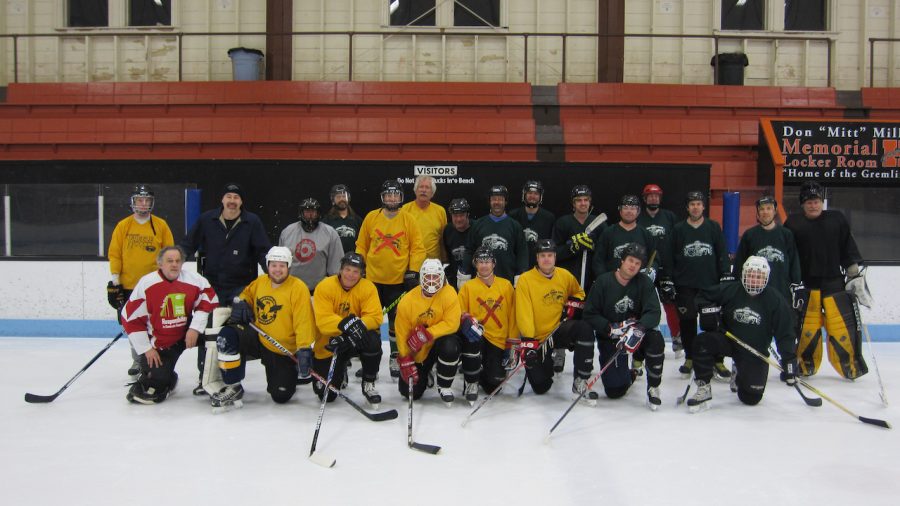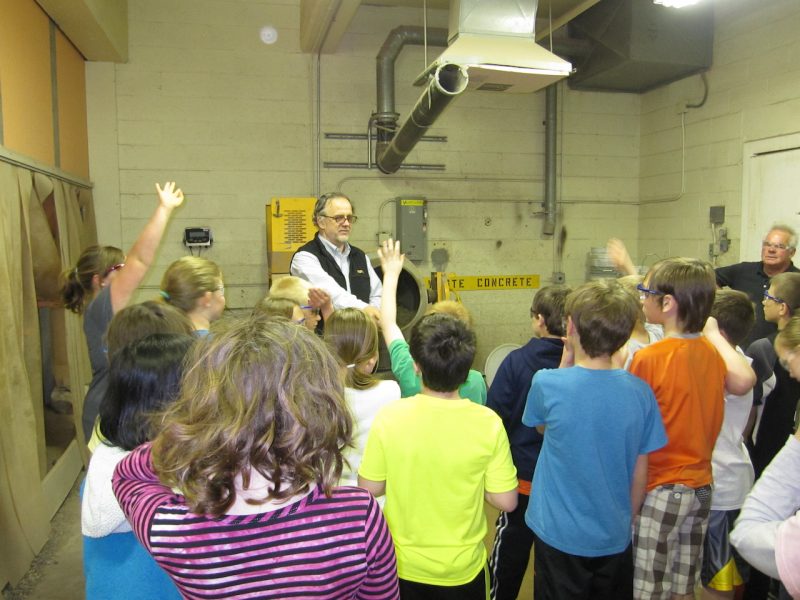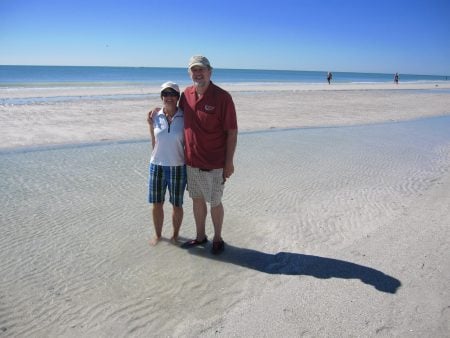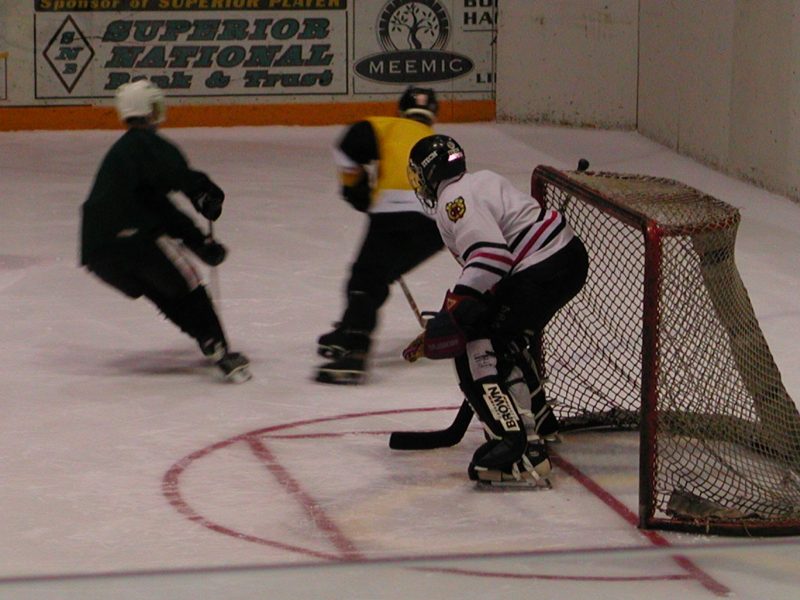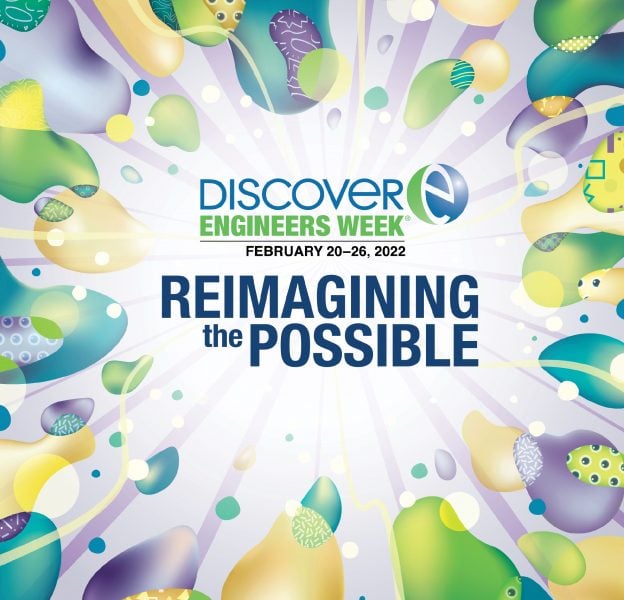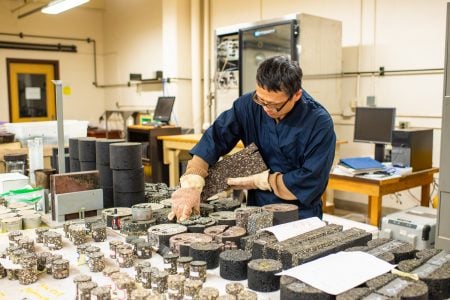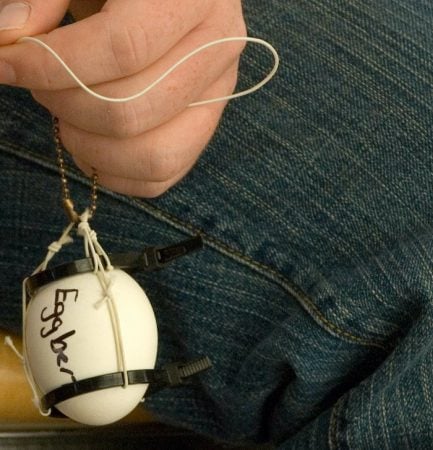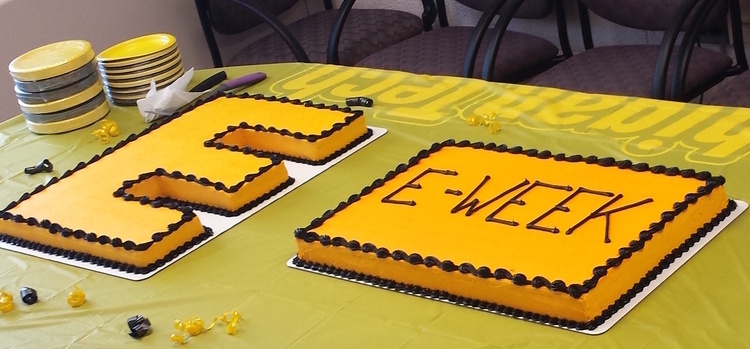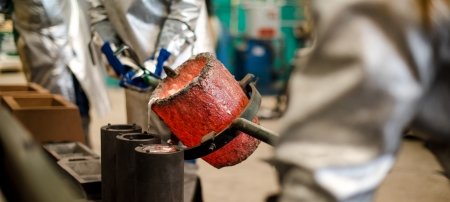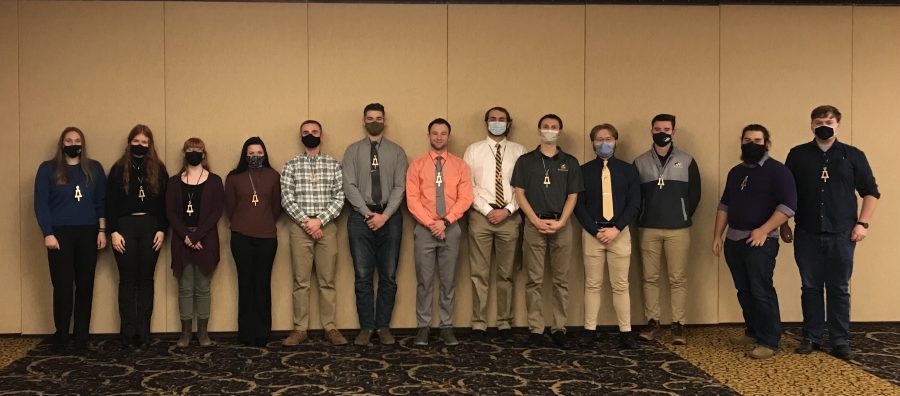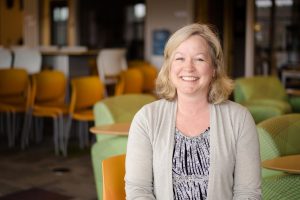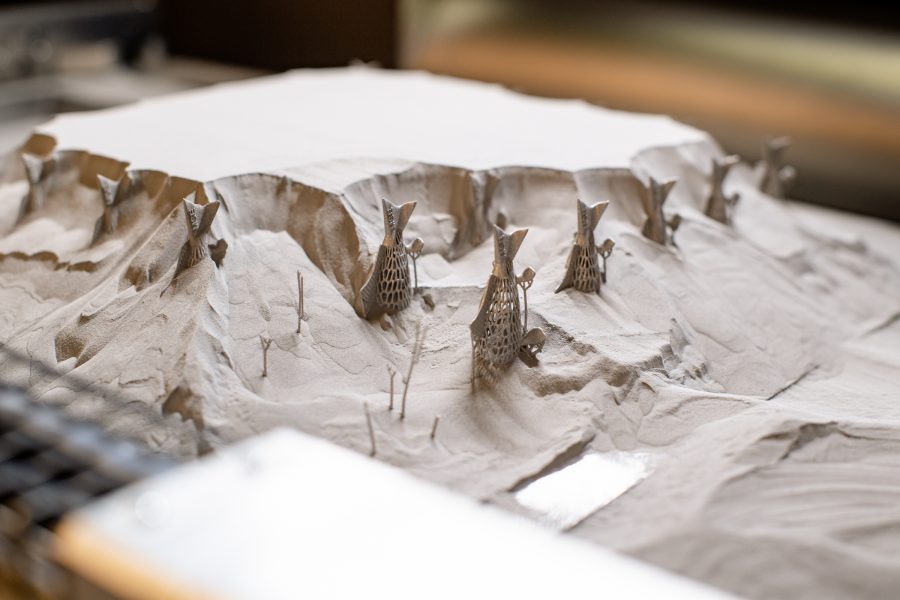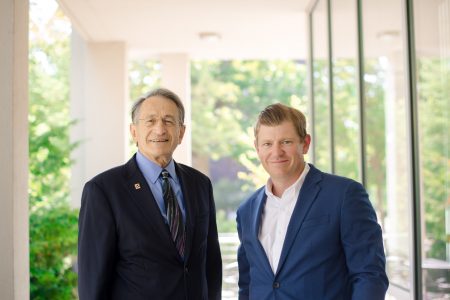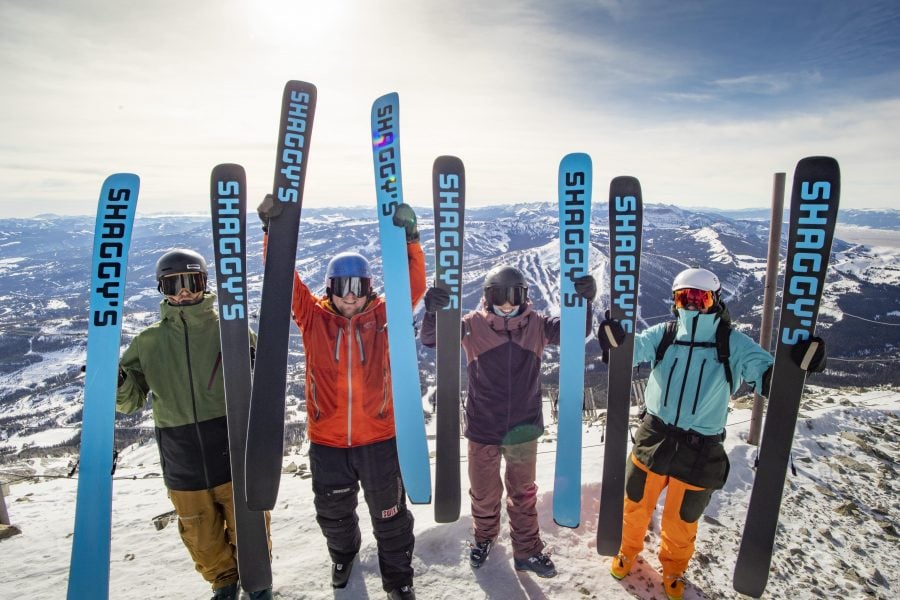
Jeff Thompson, mechanical engineering alum and partner/engineer/cofounder of Shaggy’s Skis, joins Dean Janet Callahan on Husky Bites, a free, interactive Zoom webinar Monday, 1/30 at 6 pm ET. Learn something new in just 30 minutes or so, with time after for Q&A! Get the full scoop and register at mtu.edu/huskybites.
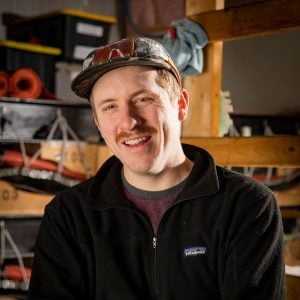
What are you doing for supper Monday night 1/30 at 6 ET? Grab a bite with Jeff Thompson, Michigan Tech alum and cofounder of Shaggy’s Copper Country Skis. Joining will be Dr. Iver Anderson, senior metallurgist at Ames Lab. He’s an inventor, and fellow Michigan Tech alum.
During Husky Bites, Thompson will share how he started making skis as a kid, continued while still a student at Michigan Tech, and where he is now—creating custom skis for a living.
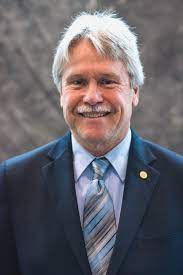
Thompson and his brother Jonathon started building skis as a hobby in 2005. Three years later the Thompson family released the first line of Shaggy’s Skis to the public.
Today they still handcraft every pair of skis in their own small factory in Boyne City, Michigan. Each pair of Shaggy’s Skis are custom designed and built with a passion for skiing and craftsmanship combined. At least 80 processes go into making a ski, and Jeff will share much more about them during Husky Bites.
Thompson grew up in South Lyon, Michigan in a family of “makers”—his father was a carpenter. Growing up he and his brother were fortunate to have a workshop to build many things, “from toys to go-carts, and everything in between,” he says.
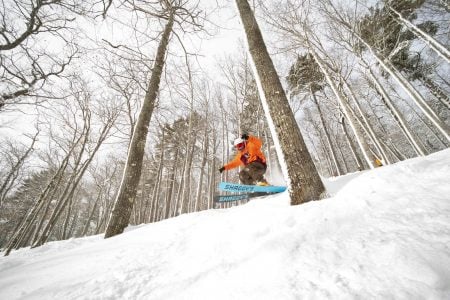
“We were also a ski racing family,” Thompson recalls. “One day after a race, my dad thought it would be cool to put skis on my bike and take it downhill. A few weeks later, he gave me some old skis to cut apart and use for my bike. When I cut them down, I immediately observed how each piece was put together. I thought, ‘Hey, I can make this!’ From that point on, I lured in my brother, Jonathon, and together we started building the tools we needed to start building skis.”
Thompson’s grandparents were from Kearsarge, so he spent a lot of time in the Keweenaw growing up. “I knew from fourth grade on that I would attend Michigan Tech for mechanical engineering,” he says. He now lives in Petoskey, Michigan with his wife, Stephanie Thompson. She earned her BS in Chemical Engineering at Michigan Tech in 2013.
We combine our passion for skiing and craftsmanship so you can make the most out of every day on the snow; whether you’re ripping down perfect corduroy, chasing morning powder, or slashing in the trees.”
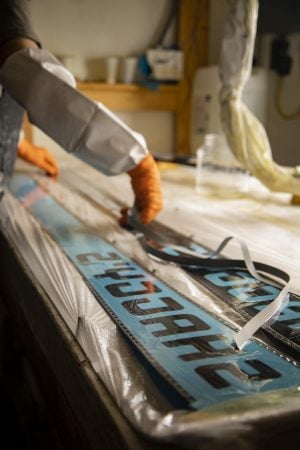
Joining Thompson during the Husky Bites session will be fellow MTU alumnus Iver Anderson ’75, a lifelong skier with a keen interest in the making of skis from a materials standpoint. Anderson grew up in Michigan’s Upper Peninsula, in a city located just across the Portage Canal from Michigan Tech, Hancock.
Anderson appreciates all the craftsmanship that goes into Shaggy’s Skis. “My father was observant and very particular, for instance, about making furniture and cabinetry. He taught me how to look for quality, the mark of a craftsman, how to sense a thousandth of an inch. I carry that with me today.”
Anderson is a Michigan Tech alum and senior metallurgical engineer at Ames Lab, a US Department of Energy National Lab. A few years ago, he was inducted into the National Inventors Hall of Fame, for inventing a successful lead-free solder alloy, a revolutionary alternative to traditional tin/lead solder used for joining less fusible metals such as electric wires or other metal parts, and in circuit boards. As a result, nearly 20,000 tons of lead are no longer released into the environment worldwide.
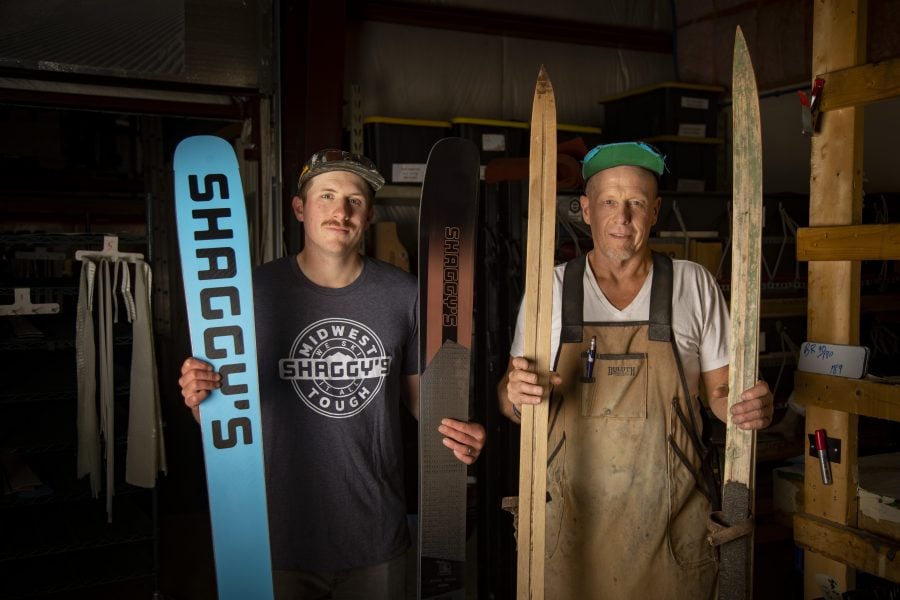
Jeff, what do you like to in your spare time?
I obviously love to ski! Stephanie and I are currently teaching our two year old daughter to ski (on her own custom skis).
I also love to build things. I just finished building our house with my dad this past summer, from pouring the footings, to setting trusses, and finishing. We did it all.
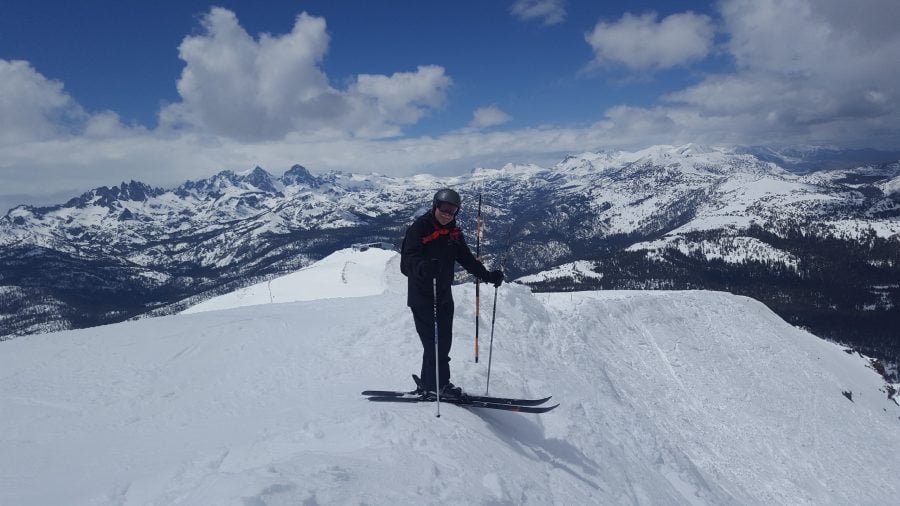
Dr. Anderson, when did you first get into engineering? What sparked your interest?
I grew up in Hancock, Michigan, in the Upper Peninsula. Right out my back door was a 40 acre wood that all the kids played in. The world is a beautiful place, especially nature. That was the kind of impression I grew up with.
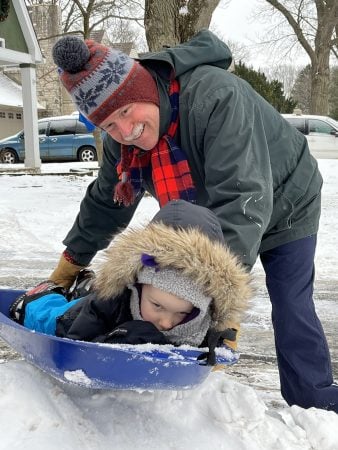
I earned a Bachelor of Science in Metallurgical Engineering in 1975 from Michigan Tech. It laid the foundation of my network of classmates and professors, which I have continued to expand.
I went on to earn my MS and PhD in Metallurgical Engineering from University of Wisconsin-Madison, and the joined the Metallurgy Branch of the US Naval Research Laboratory in Washington, DC.
One of my goals was to return to the Midwest, so later I took a position at Ames Lab in 1987. I’ve spent the balance of my research career there, and at Iowa State, ever since.
